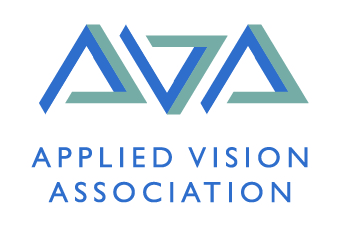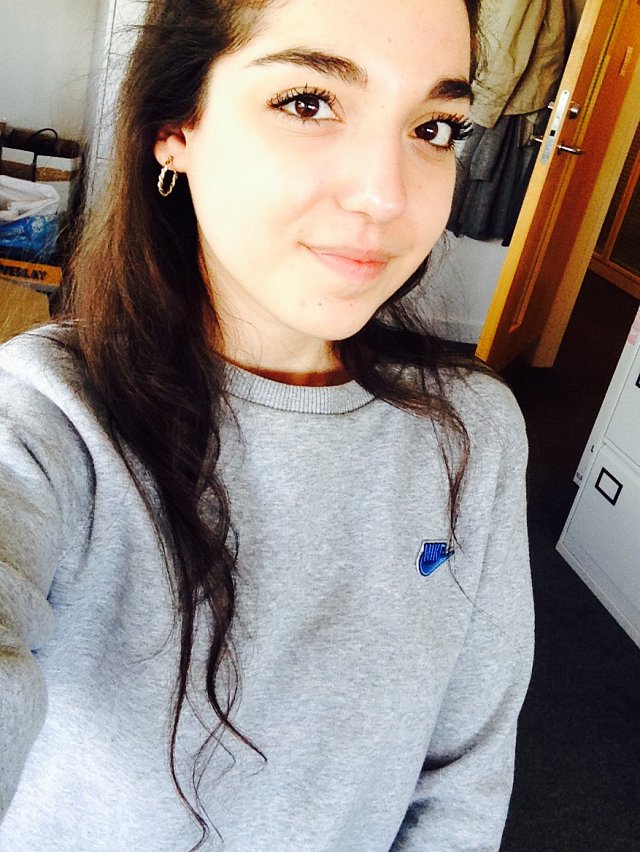


Supervisor: John Greenwood
Interaction with objects in our visual field first assumes that we know where they are located. However, the mechanisms behind position perception are not yet entirely clear. The prevailing model of position perception argues that dedicated position sensors do not exist. Instead, neurons signal for both visual features (for example, orientation) and position, or local sign, in the visual field (Lotze, 1852). On extension, this model hypothesizes that there will be distinct local signs for features processed in different brain regions a claim which is hitherto untested.
The neural mechanisms of face perception are also being actively debated in the contemporary literature. It may be that facial features and objects are encoded in the same way. On the other hand, facial features may be encoded separately from simpler objects. Research by Goffaux & Rossion (2007), for example, showed evidence that the perception of vertical eye position shifts (moving upwards or downwards from their usual position) is considerably impaired when the face is inverted versus when it is presented upright. In contrast, horizontal eye position shifts (moving inwards or outwards from their usual position) remain robust against the well-documented inversion effect (Yin, 1969). Therefore, we propose that position signals for facial features may be distinct to that of objects, since simple object position coding does not show the same effects (Yap, Levi & Klein; 1987)
The main aim of my project, therefore, was to investigate whether position coding for faces is a distinct process to that of objects. Heretofore, experiments of this type have focused on foveal/central vision. However, position judgement accuracy has been shown to decline sharply in the periphery. Further, Yap et Al., (1987) showed the characteristic pattern of this decline: position shifts are markedly less visible along the radial (outwards from fixation), as opposed to the tangential (circling around fixation), dimension. Therefore, by comparing this low-level radial/tangential asymmetry and the vertical/horizontal asymmetry observed in faces, we can test their independence.
Placement
The placement itself gave me the opportunity to further develop skills in the design and conduct of behavioural psychophysics experiments, skills that will remain a useful asset in my future research career. Specifically, these included:
Over the course of several in depth meetings, John and I designed and analysed several iterations of the final study. These meetings gave me the opportunity to read up extensively on the current behavioural psychophysics literature, expanding my knowledge of the field. The meetings also allowed me to theorise, debate and explore vision science methodologies, as well as effectively problem solve. The critical analysis involved in these tasks will no doubt allow me to be more confident, and knowledgeable, about the practicalities of psychophysical experiment design.
Key to our experiment were the five reference faces upon which the various eye shifts were placed. It was my responsibility to select the identities from a photograph database and edit them extensively in Photoshop. Since I was a complete novice with this programme, the stimuli creation portion of this project was a challenging, yet rewarding undertaking. I am now confident in using Photoshop, a skill that will apply well to designing my stimuli in the future.
At the beginning of this project my skills in Matlab programming were limited. However, over the course of the project my competency and confidence in Matlab coding has grown exponentially. I was able to observe and contribute throughout the coding process, and was trusted to take the lead when finalising the code for our prosopagnosia screening task, as well as during compound data analysis.
I was solely responsible for testing participants, a task which I relished because of the independence it allowed. I was able to problem solve whenever Matlab issues arose. I also grew in confidence when answering questions and setting up the experiment. If nothing else, becoming the experimenter on these occasions reiterated my enjoyment of, and dedication to, a career in research.